Hi and welcome back
In our last email we gave you a brief overview of the Integral Framework.
Here’s a real life organisational story that we hope brings the Framework alive.
There’s a Not For Profit in Australia that, through its organic growth, has ended up with about 20 centres, each with its own local CEO and Board. You can well imagine the difficulties and dilemmas this poses to the National CEO who said of the local CEOs and Chairs, (with all the frustration of trying to herd wild cats, each with its own fiefdom to protect), “They don’t even know how to spell ‘collaboration’, let alone do it!” Given the changing external landscape and market pressures (that’s the Lower Right Systems Quadrant), the CEO had known for a while that the decision-making capacity within the organisation was not serving it well. She very cleverly brought in some consultants (not us, by the way) to help her put together a business case which looked at the organisation-wide cost base.
This demonstrated, with hard facts and numbers, that the organisation would have to close centres if it did not change. The upside of this very slick, numbers and graphs presentation was that the local CEOs could see that if they worked together on collective procurement, they could save $16M per annum.
This provided the impetus for them to meet and talk about how they could share information regarding current buying patterns and processes and thus collaborate on ways to leverage their collective buying power – this required a significant behavioural change (Upper Right Quadrant) for this group of CEOs.
Working together in this way fundamentally changed their mindset from one of combativeness to collaboration. They saw how they might work together on other issues and projects for the benefit of the whole organisation. This change in mindset, (Upper Left Quadrant) and leadership style very soon impacted their own leadership teams and centres – the impact on culture (Lower Left Quadrant) was significant.
The point of the story, apart from the good news, is its demonstration that you can’t play in one quadrant without impacting the others. The challenge for leaders in a VUCA (Volatile, Uncertain, Complex and Ambiguous), world is to see and interpret the interdependency in these relationships. The Integral Framework provides great clarity in doing this.
The leadership craft is to make your efforts conscious and to leverage, in the case above, a systems change to procurement (in the Lower Right) to shift development forward in the other quadrants. In this context, the quadrants co-arise with each other and you can start to see that what looks like a simple four quadrant model is multi-dimensional…. and you ain’t seen nothin yet!
In our next email, we start taking you through the developmental lines that are possible within each quadrant and we’ll talk about the crazy-good-organisational-development technology we have available to us that we want you, and our competitors, to know about because it helps make our worlds of work just a bit better.
Here’s Quick Quiz – answer Yes or No
Is this email, and the previous two, keeping you interested enough to keep reading?
Is your organisation operating in a VUCA environment?
Does what we have said so far about the Integral Framework make sense to you?
If you answered ‘Yes’ to all 3, keep reading our next three emails and let us know you are interested here.
In the meantime, we’d welcome your perspective on this as well as any questions you may have. Enter these here and we’ll get back to you pronto
The previous emails in this series are:


